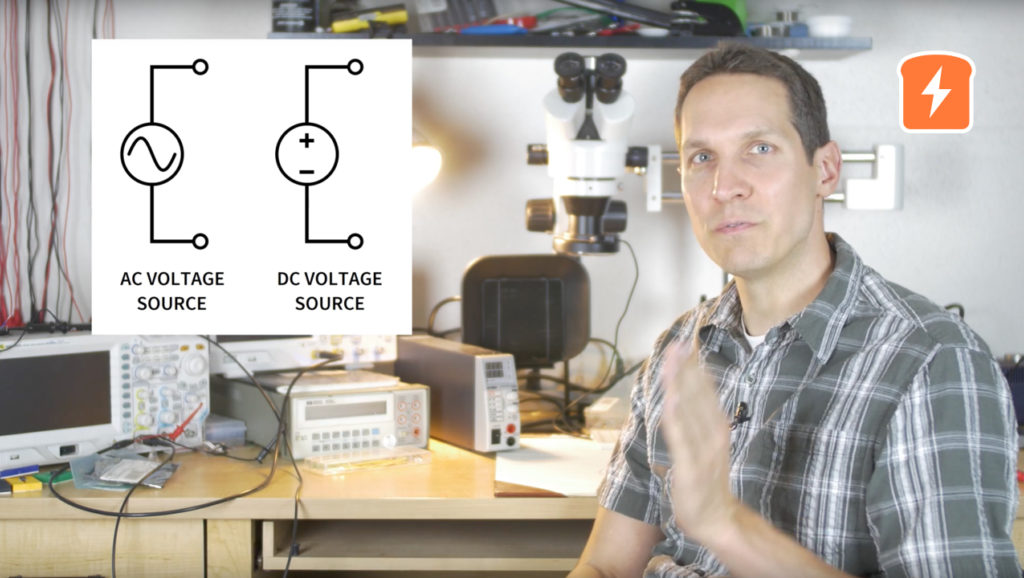Charge
Charge is an elementary characteristic of matter, all particles have a charge, even if that charge is zero (we’re looking at you, neutrons). We can quantify charge and then we know how it will react in association with other charges - whether they will be attracted or repelled and with how much force.
An electrical property of the atomic particles of which matter consists, measured in coulombs.
Fundamentals of Electric Circuits, 5th Edition by Charles K. Alexander and Matthew N. O. Sadiku
Electric charge is the physical property of matter that causes it to experience a force when placed in an electromagnetic field. There are two types of electric charge: positive and negative (commonly carried by protons and electrons respectively). Like charges repel each other and unlike charges attract each other. An object with an absence of net charge is referred to as neutral. Early knowledge of how charged substances interact is now called classical electrodynamics, and is still accurate for problems that do not require consideration of quantum effects.
Electric charge is a conserved property; the net charge of an isolated system, the amount of positive charge minus the amount of negative charge, cannot change. Electric charge is carried by subatomic particles. In ordinary matter, negative charge is carried by electrons, and positive charge is carried by the protons in the nuclei of atoms. If there are more electrons than protons in a piece of matter, it will have a negative charge, if there are fewer it will have a positive charge, and if there are equal numbers it will be neutral. Charge is quantized; it comes in integer multiples of individual small units called the elementary charge, e, about 1.602×10−19 coulombs,[1] which is the smallest charge which can exist freely (particles called quarks have smaller charges, multiples of 1/3e, but they are only found in combination, and always combine to form particles with integer charge). The proton has a charge of +e, and the electron has a charge of −e.
An electric charge has an electric field, and if the charge is moving it also generates a magnetic field. The combination of the electric and magnetic field is called the electromagnetic field, and its interaction with charges is the source of the electromagnetic force, which is one of the four fundamental forces in physics. The study of photon-mediated interactions among charged particles is called quantum electrodynamics.
The SI derived unit of electric charge is the coulomb (C) named after French physicist Charles-Augustin de Coulomb. In electrical engineering, it is also common to use the ampere-hour (Ah); in physics and chemistry, it is common to use the elementary charge (e as a unit). Chemistry also uses the Faraday constant as the charge on a mole of electrons. The symbol Q often denotes charge.









